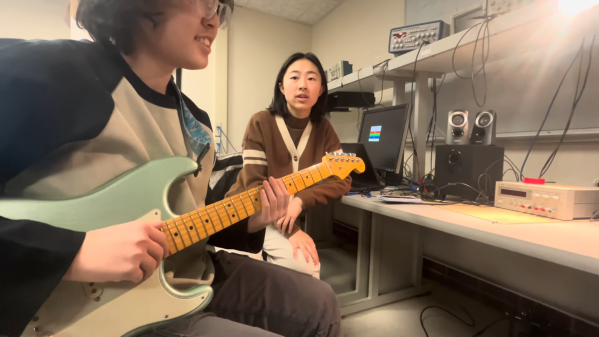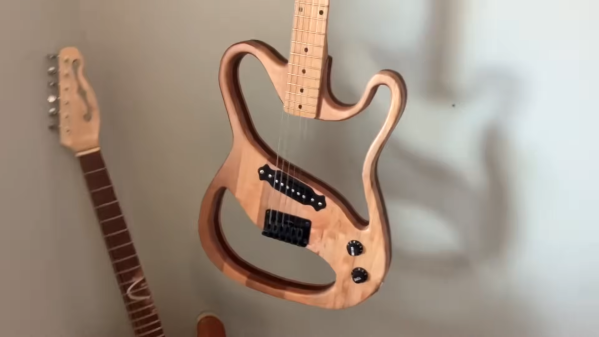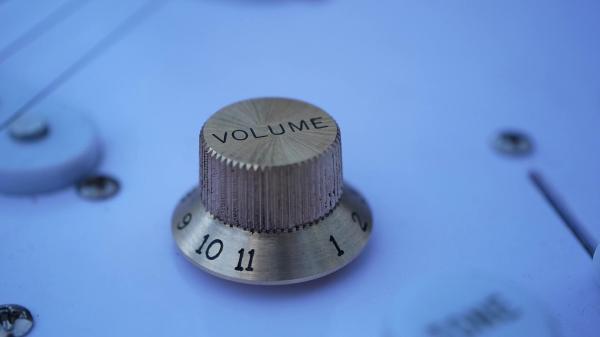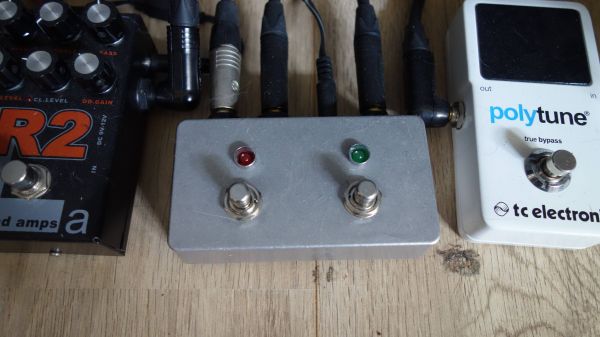String instruments have a long history in civilization, helping humans make more complex and beautiful music. We wonder what our forebears would think of this guitar strummed with 1000 picks?
[Mattias Krantz] wondered what the best number of picks was to play guitar and took the experiment to its illogical extreme. Starting with zero picks and working up through various 3D printed multi-picks he tests all the feasible combinations of handheld picks.
After that, he switches gears to a fishing rod-actuated system of several picks in a ring. Not pleased with the initial acoustics of the picks in this system, he switched to printing his picks in a more flexible filament to better approximate the characteristics of the human thumb. Finally, he takes us to the undiscovered country of a spinning ring of 1000 picks strumming the underside of the strings and the… interesting acoustic result. As many pointed out in the comments, this blurs the line between a guitar and a hurdy gurdy.
If you want more melodic musical mischief, perhaps try this optical guitar pickup, a $30 guitar build, or get fancy with a 3D printed violin?



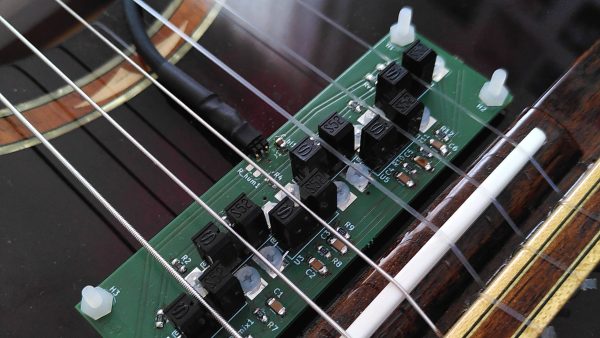
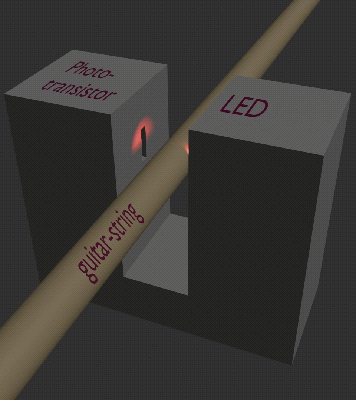 The concept is simple. You place an LED and a phototransistor in a U-shaped channel, and place it so that the string runs through it. You repeat this for each string. Thus, as a string vibrates, it interrupts the light travelling from the LED to the phototransistor. This generates a voltage that varies with the frequency of the string’s vibration. Funnily enough, this type of pickup will work just fine on both nylon and steel strings, if you were so inclined to try it.
The concept is simple. You place an LED and a phototransistor in a U-shaped channel, and place it so that the string runs through it. You repeat this for each string. Thus, as a string vibrates, it interrupts the light travelling from the LED to the phototransistor. This generates a voltage that varies with the frequency of the string’s vibration. Funnily enough, this type of pickup will work just fine on both nylon and steel strings, if you were so inclined to try it.